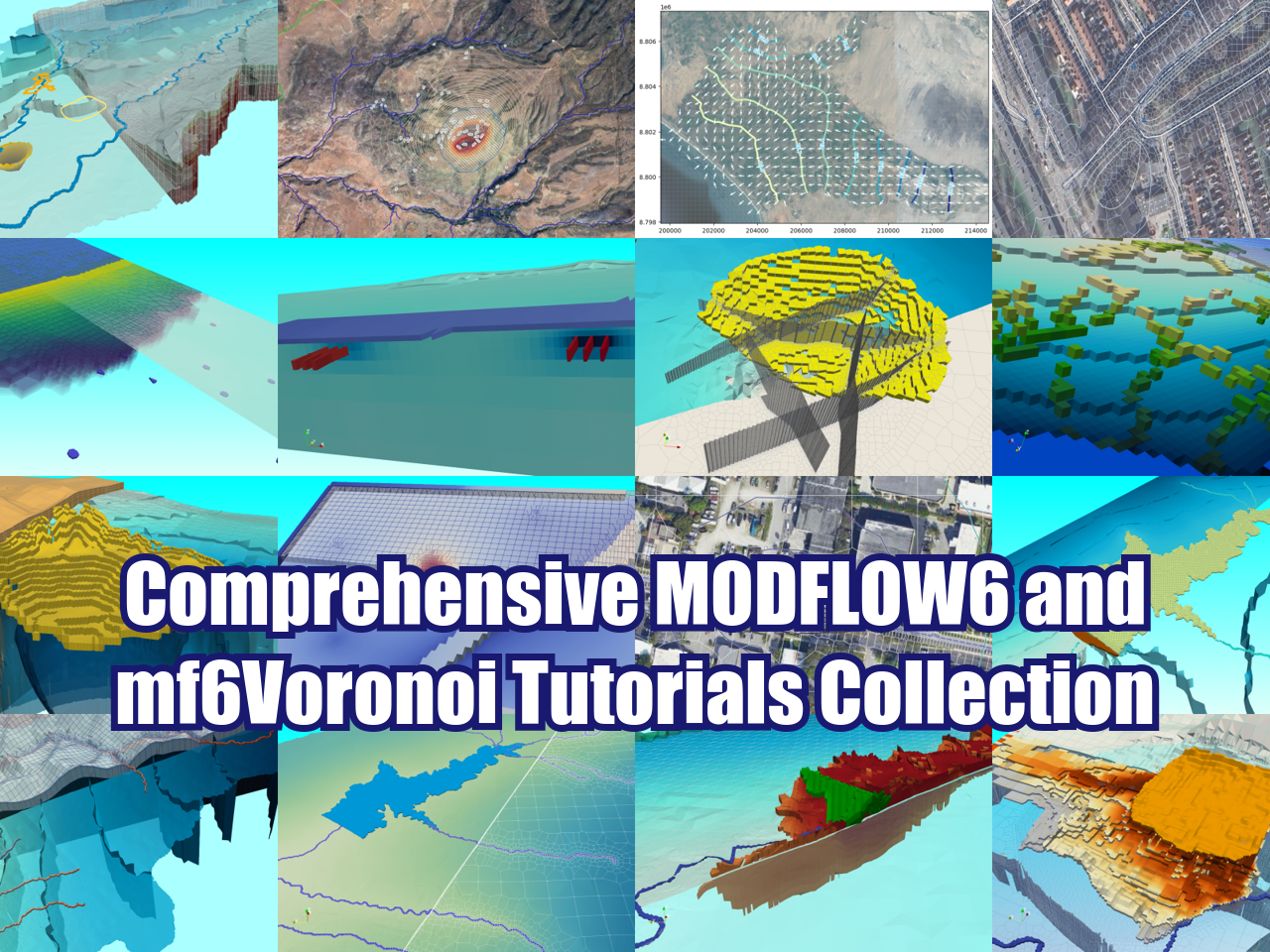Key concepts for modeling groundwater flow driven by geothermal energy
/Credit: Deborah Bergfeld, USGS. Public domain.
For most hydrogeologists numerical modeling of groundwater flow is still new and brings several challenges when dealing with input data, model construction and simulation. Most of our modeling efforts are done in gravity driven groundwater flow on shallow aquifers solved by Darcy law equations. Sometimes we excel ourselves in conceptualizing "advanced" topics as unsaturated flow, contaminant transport, variable density or baseflow calibration. What about if we consider another driving force besides gravity? Will out lives be happier/miserable? Could we cope with the huge amount of required data?
Why we model geothermal circulation?
Geothermal energy can change the patterns and magnitudes of groundwater flow and it has to be considered on cases where the geothermal circulation is significant at a determined scale.
Based on the professional experience of the writer, geothermal driven/influenced groundwater flow is seldom modeled as a physical process. That can be explained on the high level on model complexity and the low software expertise of modelers.
How is gravity flow different form geothermal flow?
Groundwater flow driven by gravity of constant density trough porous media can be described with this equation [2]:
Where .
- Ki is the hydraulic conductivity along the i axe
- h is the water head
- W represents sources and/or sinks of water
- Ss is the specific storage; and
- t is time (T).
W is a volumetric flux per unit volume with dimensions 1/s. W come from Q (flow in or out of the model) in m3/s divided by density in m3 as stated in this formula:
On aquifers affected by geothermal energy neither the temperature distribution nor the densisty is constant. An expression of density related to temperature can be seen on the following formula [1]:
The difference of density by temperature is -0.375 kg/m3/°C. Water in cold temperature has higher density (heavier) while water on warm temperature has lower density (lighter). So, in the end the geothermal energy is conceptualized as a variable density on the groundwater flow.
Concepturalization of temperature distribution impact on groundwater flow
Lets explain geothermal flow with a simple example of concepts given on the last part. For the example there is a carbonate rock overlying a basalt with geothermal activity.
The first figure show the hydrogeological units and the direction of geothermal circulation.
High temperatures decrease water density, low temperatures increase water density.
Low density water wil rise to the top parte while high density water will go down, and thus create a water circulation on the aquifer.
Softwares for geothermal flow modeling
MODFLOW [2] is not capable to deal with groundwater flow since it only deals with gravity flow. We sugest to use SUTRA[1], a model for saturated-unsaturated, variable-density ground-water flow with solute or energy transport. More information of SUTRA on this link:
https://water.usgs.gov/nrp/gwsoftware/sutra/sutra.html
Something good is that you dont have to deal with creating input files and run SUTRA from the DOS prompt because Model Muse actually can do the model preprocessing, run and output visualization of SUTRA models. More information on Model Muse here:
https://water.usgs.gov/nrp/gwsoftware/ModelMuse/ModelMuse.html
References and further reading
1. SUTRA A Model for Saturated-Unsaturated, Variable-Density Ground-Water Flow with Solute or Energy Transport by Clifford I. Voss and Alden M. Provost. Water-Resources Investigations Report 02-4231. Link: https://water.usgs.gov/nrp/gwsoftware/sutra/SUTRA_2_2-documentation.pdf
2. MODFLOW-2005, The U.S. Geological Survey Modular Ground-Water Model—the Ground-Water Flow Process. By Arlen W. Harbaugh Chapter 16 of Book 6. Modeling techniques, Section A. Ground Water. Link: https://water.usgs.gov/ogw/modflow/MODFLOW.html
3. Numerical modelling of geothermal and reflux circulation in Enewetak Atoll: implications for dolomitization. G. Jones et al. Journal of Geochemical Exploration 69–70 (2000) 71–75. Link: http://sci-hub.io/10.1016/s0375-6742(00)00010-8
4. Using Hydrogeologic Data to Evaluate Geothermal Potential in the Eastern Great Basin Melissa D. Masbruch, Victor M. Heilweil, and Lynette E. Brooks U. S. Geological Survey, Utah Water Science Center, Salt Lake City, Utah. Link: http://pubs.geothermal-library.org/lib/grc/1030209.pdf






























